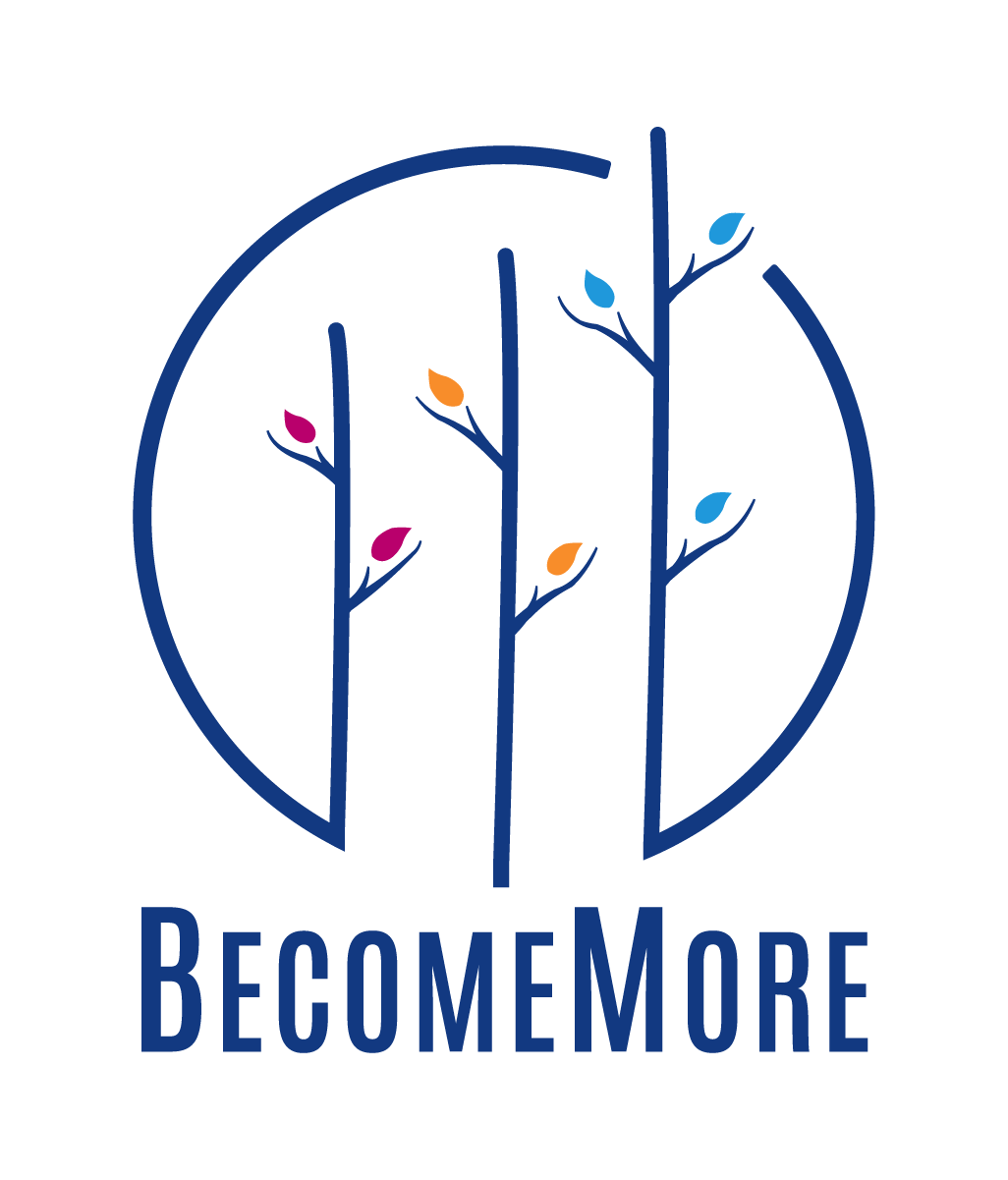
Protecting my team members from baloney. That’s what I used to think was one of my most important jobs as a leader. I’d do whatever I could to keep them from extraneous meetings, corporate projects, and other distractions that would add to their already-high workload.
But last week something happened that made me wonder if I’d been wrong about that strategy.
I co-facilitated a Project Management workshop with my BecomeMore coworker Michael Peterson. And, as usually happens with a dynamic facilitation, I learned something.
Michael shared the Stress Performance Curve, and it was an ah-ha moment for me as a leader. Based on the Yerkes-Dodson Law, this graphic shows how challenging people can actually make them better performers. When a person has too little stress, they generally aren’t as engaged or motivated. As a leader, when you give people more challenging work, they have the opportunity to perform at higher levels.





Of course, there’s a point on the curve where even MORE stress equals decreased performance—and eventually burnout. But I think that when I was in corporate life I spent so much time trying to protect my team from that end of the spectrum, that many times I unfairly prevented them from learning and growing.
I’m thinking about the research project that I took on because my team members were so busy. I spent nights and weekends digging into the data. And not only did I risk my own burnout in the process, I shut out my team members who could have learned something by participating.
To be honest, I wonder too whether sometimes I was a little greedy about extra projects. Keeping them for myself because I enjoy that kind of thing or (worse yet!) because they made me feel important. (Embarrassing to admit.)
Through that lens, these extra projects would have helped my team members develop new skills, meet more people from around the company, and gain a new perspective on our business. And by “protecting” them, I stunted their growth.
Even now, I suspect that sometimes I’m too soft on people—underestimating what they can handle. Like when I pre-load a Miro board with Post-It notes so that workshop participants don’t need to figure out the intricacies of a new platform. Instead of assuming they would be frustrated by the technology, I could assume they would be excited to learn an extra new skill.
Once when I was traveling for work I confessed to my coworkers that I just realized I had forgotten to put my family’s dinner in the crock pot before I left that morning. I felt like I had really let them down back at home. The next morning I excused myself from the airport breakfast to call home and make sure everyone was up and getting ready for school. “Wow, your family really relies on you,” my boss noted. “Oh, yes,” I joked. “We’re all about the enabling.”
Solving problems made me feel like a good mom. But maybe I was unfairly preventing my kids from learning independent life skills.
I probably have some more work to do on this subject. How to see extra work and new experiences as opportunities and not burdens that I need to protect people from. And in the meantime, if you’re in one of my workshops, you might be asked to create your own darn Miro Post-Its.

